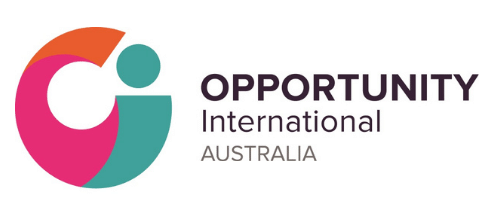Dia’s partnerships, investments and the broader work that we do is driven by our social mission of “providing opportunities for people in poverty to transform their lives”. To demonstrate that we are on the path to achieving this mission, and to meet our obligtations as a social investor, Dia is committed to Social Performance Management (SPM), an industry initiative that over the last 10-15 years has helped Microfinance Institutions achieve their stated social goals and put customers at the centre of their strategy and operations.
As well as being essential to the way Dia operates, SPM is a value-adding activity that benefits our MFI partners by:
- providing clarity in mission and objectives amongst staff and management
- requiring MFIs to focus on their results in terms of outreach to those most in need, appropriateness of their products and services to the poorest and ensuring positive changes in the lives of their clients.
- Requiring MFIs to measure, report and then improve their social performance.
- SPM helps MFIs to focus on their core constituencies of client and staff well being while achieving financial sustainability. As it is said “We measure what we value and whatever we value gets measured.”
In addition to the paragraphs that follow, you can learn more about Opportunity International’s global SPM strategy here.
Please click here to access our latest Impact Reports.
Our Approach
Dia Vikas’ mission, as part of the Opportunity International Network, is to provide opportunities for people in poverty to transform their lives. We believe in the power of people. The people we work with are best placed to know what they need to transform their lives and their families. But as a global microfinance network with a social mission, we need to know whether we are truly achieving our mission and how well we are doing so.
Through Social Performance Management (SPM) we are able to collect information across a range of social indicators. These indicators come from the various regions and partners we operate with, with the aim of providing all stakeholders – from our microfinance partners through to our supporters – with sufficient social performance information to drive decision making. Our intention is that – rather than relying on ad-hoc data – we are, over time, able to build our own capacity and that of our partners to provide an ongoing, reliable and consistent supply of social data, that can promote better decision making at all levels leading to better outcomes for our clients and their families.
Our vision is that through social performance management we can facilitate best practice microfinance that leads to continuously improving outcomes and transformation for the people we serve.

The Role of Best Practices and Technology
Opportunity and Dia Vikas have adapted industry tools and reporting frameworks to fit the needs of our partners and other stakeholders. We promote the Client Protection Principles and Broader Universal Standards across all our partners. Our experience tells us that implementing these best practices reduces the risk of harm to clients and increases the likelihood that clients can benefit from the services they receive and move themselves out of poverty.
A big hurdle for effective collection of social data is the heavy reliance on time-consuming and error-prone paper based processes. Dia Vikas sees mobile technology playing a key role in enabling more efficient non-burdensome collection of social data. For example our partners have embedded data collection in their daily operations through an innovative mobile application. Most of our partners have issued low cost tablets to its field staff, entirely replacing paper capture of client data for all its clients. Such electronic data capture allows MFIs to efficiently collect, store and analyse client information and provide useful and regular insights to its management and Board. The reduction in time to collect, analyze and use data compared to previous paper systems has been significant. For example, our Partners can now analyze the average income level of new clients, using the Poverty Probability Index (PPI), by branch and period of time, enabling management to respond to trends for outreach in real time and address performance issues at individual branches


